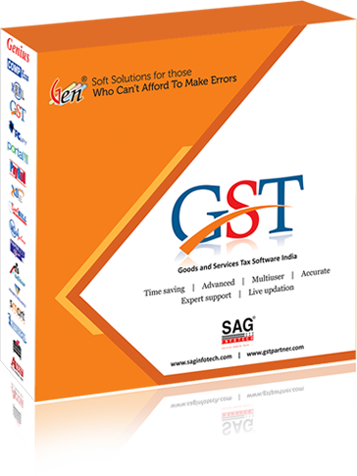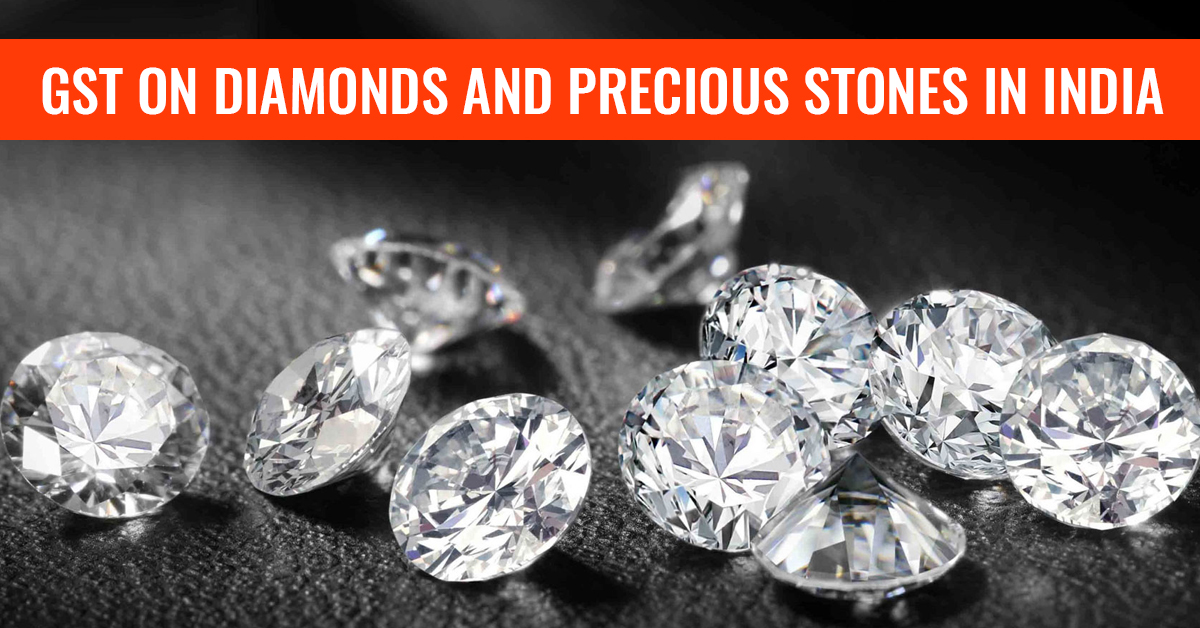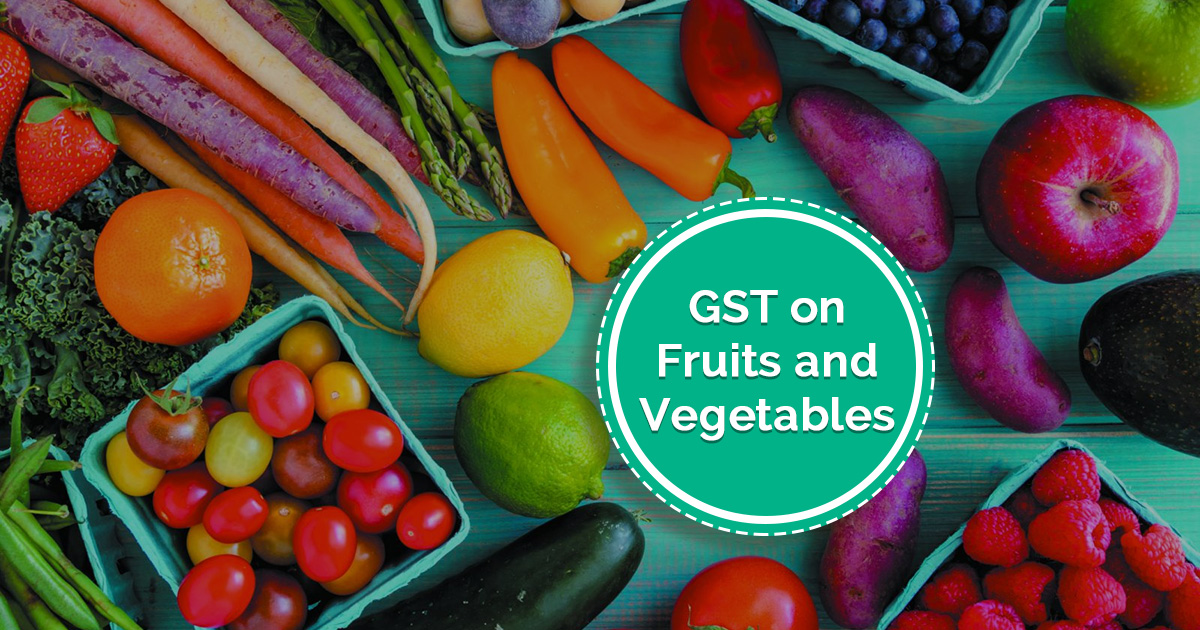After its implementation, the path of GST has never been easy and has to go through many tests and trials. The council has covered almost all the industry to check out the discrepancies and fall-outs of the system. The GST regulation has taken its time to be fully and effectively implemented in the country. GST has replaced the Excise & State VAT taxation system.
Here we are going to discuss the GST rate on diamonds, precious stones and its impact.
GST Rate on Gems & Jewellery
Though the Government has not come up on the jargon of ‘one country-one tax’ but an honest trial is evident. It is a success in replacing the multiple taxation policy as was done during the VAT days. Before the GST implementation in the Country, the Gems and Jewellery trade was taxed an Excise duty at the rate of 1% and the State VAT in range of 1% – 1.2%. Kerala was the highest taxpayer and paid a 5% VAT. An import duty of 10% was also charged.
Comparing GST to the earlier tax rates, we find that the GST has been nominal as compared to the lots of different rates charged to the traders before GST reign. In the current scenario, a special rate of 3% has been fixed for Gems and Jewellery trade whereas for Precious and Semi-Precious stones, GST at the rate of 0.25% is charged. The customs duty on import has been kept unchanged and is the same as earlier i.e. at 10%. As per the new rules effective 18/03/2018, all types of precious stones, such as polished diamonds, would be charged at a tax rate of 0.25%.
Recommended: GST Software for the Jewellery Industry
GST on Composite Vs Mixed Supply of Diamonds and Precious Stones
Let us now understand the exact meaning of Composite and mixed supply and the tax levied on it. Tax liability on Composite and Mixed Supplies are stated in Sec. 8 of CGST/SGST Act. Composite supply is most frequently practised in gems and jewellery trade. The supply of jewellery (principal supply is Gold) and the making charges (Allied Supply), all comes under Composite supply. However, during each supply, it is very important to identify the Principle supply.
Understanding this with the help of an example: If we talk about a piece of jewellery which is amended by fixing diamonds with the help of studs. In such a case there are two scenarios; the first one is that the Diamonds which attracts a 0.25% of tax could be considered or the Jewellery should be considered as the principal supply on which a 3% of tax is levied. As per rules, the diamond jewellery as a whole would be considered as the Principle supply which attracts a 3% of tax charges. Reason being, diamond attract low tax charges and weighs more in terms of price.
Talking about a different scenario, there are cases when many jewellers plan promotional schemes and offer high-end watches, cars etc.along with the supply of jewellery. In such cases, as we know, that items like high-end watches, cars etc. attracts the highest tax of 28% and seems like further attempts could be made to tax such a combined supply as mixed supply and levy a tax of 28%. But, if we think differently, the offers have been attached to the jewellery as a promotional attempt and thus it should not be treated as mixed supply but a composite supply and should be continued to be taxed at 3%.
Though, in such cases, proper records/documents should be maintained by the jeweller such that the reason for adopting such a scheme could be explained at the required time.
Also Read: GST Impact on Gold Jewellery
GST on Diamond Job Work
Let us first understand Job work and define it. Job work has been defined in Sec. 2(68) of CGST Act. We see, there are many jewellers who hire people(karigars) for the manufacture of the jewellery. These karigars are called the job workers and the work which they perform is known as job work. The condition required is that the jeweller for which they are working should be registered and they (the job workers) also need to be registered. A registered job worker is liable to charge a GST of 1.5% from the registered jeweller on whose goods the job work has been done.
Thus, Concludingly we can say that a Karigar who performs a job on the goods of any registered supplier should be treated as a job worker and a GST of 1.5% would be levied on their Job work.
It should be noted that there is a huge difference between the GST levied on new jewellery manufacture and the repairing of jewellery. As many jewellers get involved in repairing of old and worn out jewellery. These types of repairing works should not be considered as Job work as the goods belong to unregistered consumers and would be considered as labour work levied at 18% under GST Act.
Reverse Charge Mechanism
Reverse Charge Mechanism as mentioned in Sec. 9(3) and Sec. 9(4) is perfect to be applied to the Gems and Jewellery industry. Though Sec. 9(4) has been kept on hold from 13/10/2017 until 30/06/2018, the Reverse Charge Mechanism under u/s 9(3) of CGST and Sec. 5(3) of IGST is active. A confusion came into being and took a toll when a certain section of media talked about the applicability of reverse charge mechanism under u/s 9(3), in scenarios where a jeweller purchases old jewellery from the end consumer.
Later, through a press conference held on 13/07/2017, it was got clarified that the purchasing of old gold from the end customer should not be considered as the furtherance of the business of the jeweller as the sale of old Gold jewellery is not the business of the individual and thus should not be considered as a supply. section 9(4) would not be applicable in the case where an individual sells old jewellery to a jeweller and the jeweller is not liable to pay tax under reverse charge mechanism.
On the Contrary, if an unregistered supplier of gold ornaments sells jewellery to a registered supplier, then in such case tax under reverse charge mechanism would be applicable.
Input Tax Credit:
Seamless ITC is the assurance for a perfect GST implementation in the country. A jeweller is eligible to claim ITC for the products purchased by him like, all inputs, capital goods, packing material etc., barred those materials which comes under the umbrella of Sec. 17(5). In case of imitation jewellery taxed at 3% and the inputs & raw material like Copper etc. that are taxable at 18%, the manufacturer can claim a Refund of accumulated credit as it falls under the refund structure of inverted tax u/s 54 of CGST Act.
The Gems and Jewellery sector which contributes around 7 per cent of the country’s GDP and 15.71 per cent to India’s total merchandise exports is an incredible part and a big contributor for the Indian Economy. It provides employment to over 4.64 million workers and is one of the fastest growing sectors.
The GST implementation in this sector, which is considerably low, has proved to be a boon and along with improving compliance has brought uniformity in the trade. The lower GST tax has worked as reform and has made India stand strong in terms of Trade and in the competitive market of Gems & Jewellery.






